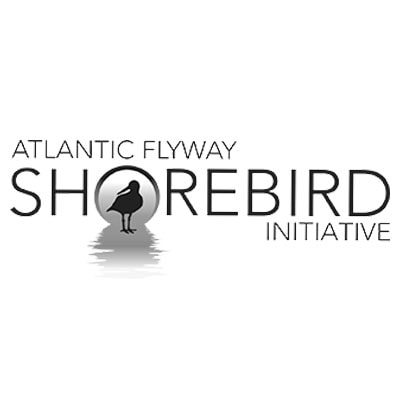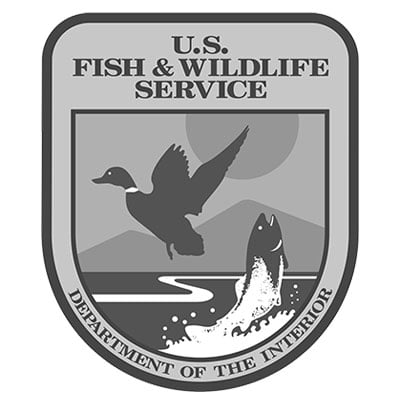Methods: Community-based Social Marketing
Page Navigation
A CBSM Primer to Shorebird Disturbance
In this section, we adapt information from Doug McKenzie-Mohr’s book, Fostering Sustainable Behavior, to provide insights about CBSM in the context of shorebird conservation.
For more in-depth information, check out the Guide to Applying Science and Management Insights and Human Behavior Change Strategies to Address Beach Walking and Dog Disturbance Along the Atlantic Flyway.
If you want to change a behavior, start by asking yourself what behaviors can I promote instead? We suggest that managers make a list of potential behaviors to promote by using the guidelines below.
1) Choose a behavior that is non-divisible – This means that the behavior cannot be broken into additional behaviors. A non-divisible behavior provides clear, direct guidance on what beach recreationists should do. An example of a non-divisible behavior is “leash dogs near shorebirds.”
3) Choose a behavior that is positively framed – When promoting a behavior, it is best to avoid using words that have negative associations such as “ keep away”, “keep out”, “stay away”, “do not”, or “no trespassing.” Instead, provide suggestions for behaviors that people can do rather than behaviors that people cannot do. For example, “walk around flocks of shorebirds” or “walk on the wet sand”.
CBSM is based on the premise that there are barriers (i.e., physical impediments) and constraints (i.e., perceived issues) that prevent people from engaging in a desired behavior. There are also benefits or advantages that people receive from engaging in the behavior. These factors need to be uncovered in order to promote the desired behavior.
To understand these factors, managers should conduct observational studies, focus groups, and/or interviews of beach recreationists after collaborating or consulting with a social scientist.
If you plan to study people’s barriers, constraints, or perceived benefits, ensure that you are following your agency’s or organization’s policies and Institutional Review Board (IRB) protocols if applicable.
After uncovering the benefits, barriers, and constraints to the desired behavior, the next step is to use strategies grounded in social science to reduce barriers and constraints while maximizing benefits.
- Communication: sharing information about a behavior in an engaging way
- Commitment: asking people to agree to do an act in the future
- Convenience: making it easy to do a behavior
- Prompt: reminding people to practice a behavior
- Social Norms: encouraging people to act in a way that is consistent with their perceptions of other people’s expectations
- Social Diffusion: using trusted sources to promote the behavior
- Incentives: providing a reward to people for practicing the behavior
Strategies can be used either independently or together.
Before implementing strategies, you should collect baseline data on the behavior that you
are seeking to change (unless you’ve already done so in a previous step) so you can later measure the impact of the strategies after you implement them. After collecting the baseline data, you can “pilot test” the strategy on a small scale.
Small-scale pilot testing can allow you to identify and address any issues that may arise before you implement the campaign broadly throughout the community. For example, hosting a small tabling event and identifying if your message is resonating with your target audience.
After you implement the strategy, be sure to collect data on the behavior that you are seeking to change so you can compare it to the pre-campaign data and measure if the campaign had an impact. Sometimes, the impact of a campaign may not be apparent immediately. You should collect data at various time intervals and over a period of time to make sure you capture long- term impact. Based on your findings, you can re-evaluate your campaign strategy and adapt it as needed to meet your goals.





